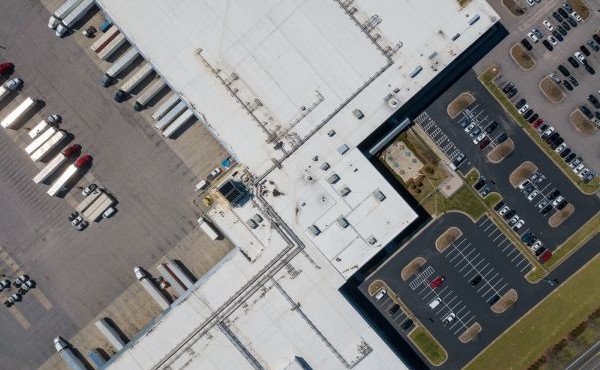Despite a national industrial slowdown, Charlotte’s industrial market is standing firm in 2025, showing more stability than many of its peer markets. While challenges like economic uncertainty and an oversupply of space have impacted the sector nationwide, Charlotte’s fundamentals remain solid — particularly due to sustained tenant demand for modern, Class A facilities under 200,000 square feet.
According to industry reports, Charlotte posted over 1 million square feet of positive net absorption in the first quarter of the year, continuing its momentum even amid a wave of speculative development. More than half of all leases signed during this period were for Class A space — the highest share since 2016. As rent differences between Class A and B buildings continue to shrink, more tenants are upgrading to newer, more efficient spaces.
Demand is particularly strong for spaces below 200,000 square feet, which now account for nearly 65% of active tenant requirements heading into the second quarter. This shift toward flexibility and efficiency is putting pressure on availability in that size range — even in a market with ample supply.
Nationally, the industrial sector is cooling following several years of rapid growth. Vacancy rates have plateaued at 8.7% — the highest since 2012 — and net absorption has returned to pre-pandemic levels. Developers are pulling back, giving the market time to absorb the excess inventory.
Yet Charlotte continues to draw both tenants and investors thanks to its strategic East Coast location, strong infrastructure, and economic momentum. Key first-quarter lease deals include Reynolds Consumer Products renewing for 360,000 square feet in Cabarrus County and Capital Electric signing for 258,000 square feet near the airport. Over 1.3 million square feet of new industrial space is currently under construction in Charlotte’s northern submarket, setting the stage for more leasing activity later this year.
Investment activity also remains strong. Notable first-quarter sales included LaSalle Investment Management’s $27.8 million purchase of a 263,690-square-foot building in Statesville, and Stonelake Capital’s acquisition of a fully stabilized, multi-tenant property in an infill submarket — both topping $100 per square foot.
Although new construction has kept overall vacancy elevated, not all space is experiencing the same demand. Older bulk warehouses with lower ceiling heights are seeing rising vacancy — up nearly 5% year-over-year — while newer Class A spaces are leasing more quickly, with vacancy dropping 3% over the same period.
Developers are responding by considering ways to reposition their assets. Some are exploring the idea of breaking up large spaces to meet demand for smaller footprints, though higher construction costs and tighter financing are slowing these efforts.
Looking ahead, Charlotte’s industrial market enters the second half of 2025 with cautious optimism. While elevated vacancy lingers, the market is steadily rebalancing. Tenant preferences are clearly shifting toward higher-quality, more efficient spaces, and Charlotte’s advantages — including its workforce, infrastructure, and business climate — continue to attract attention.
With greater clarity expected on economic policy and global trade in the coming months, Charlotte is well-positioned to capitalize on the next cycle of industrial growth, especially as reshoring and nearshoring trends gain momentum.
Source: RE Business

